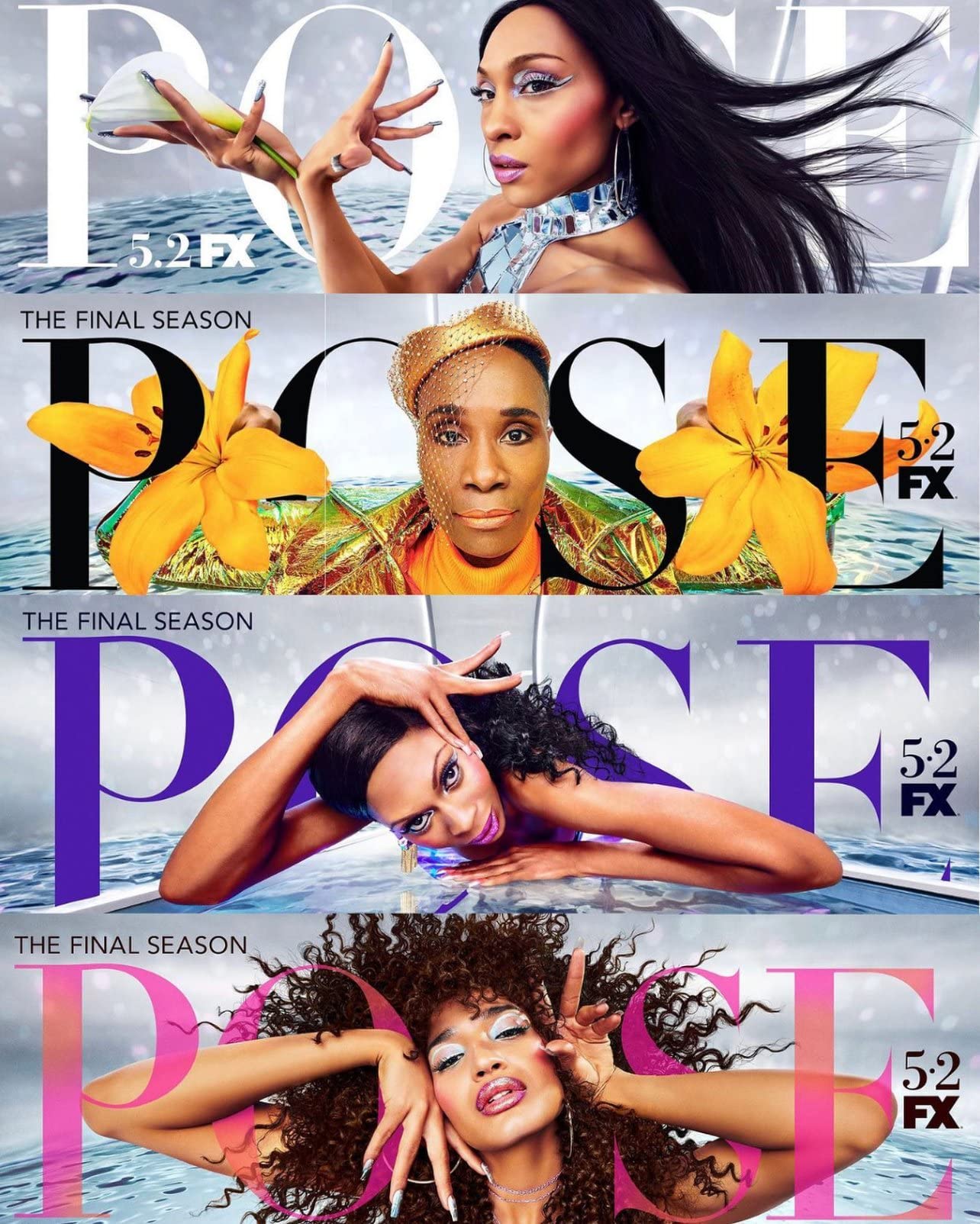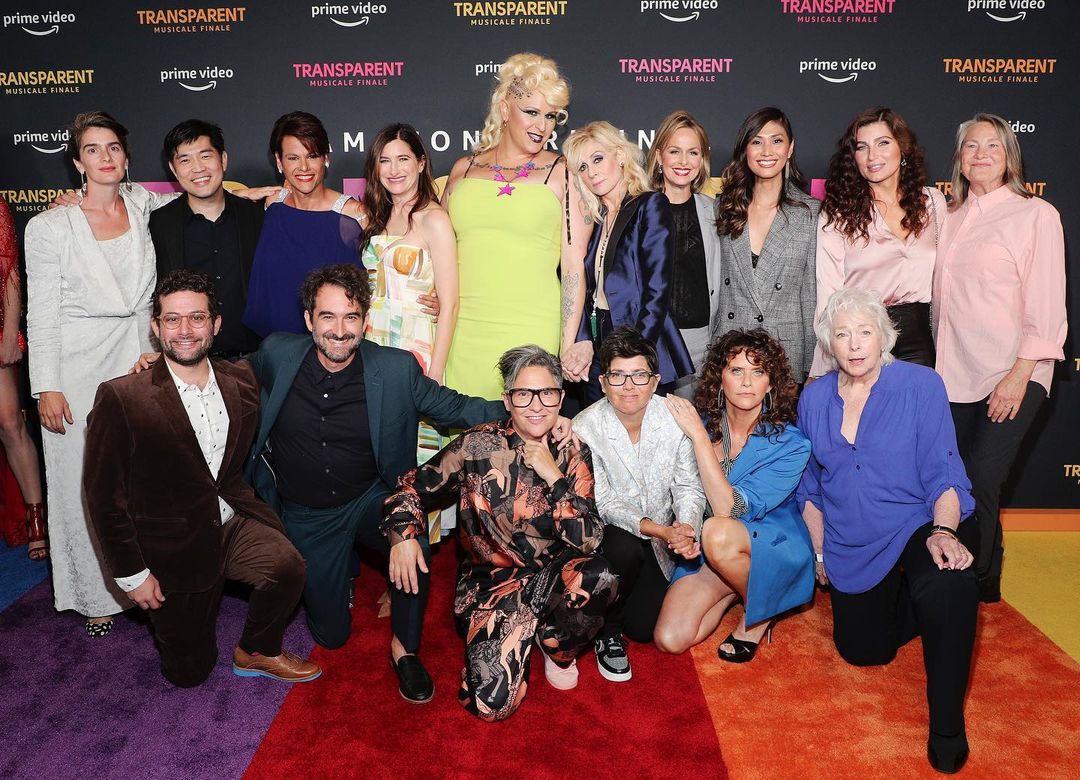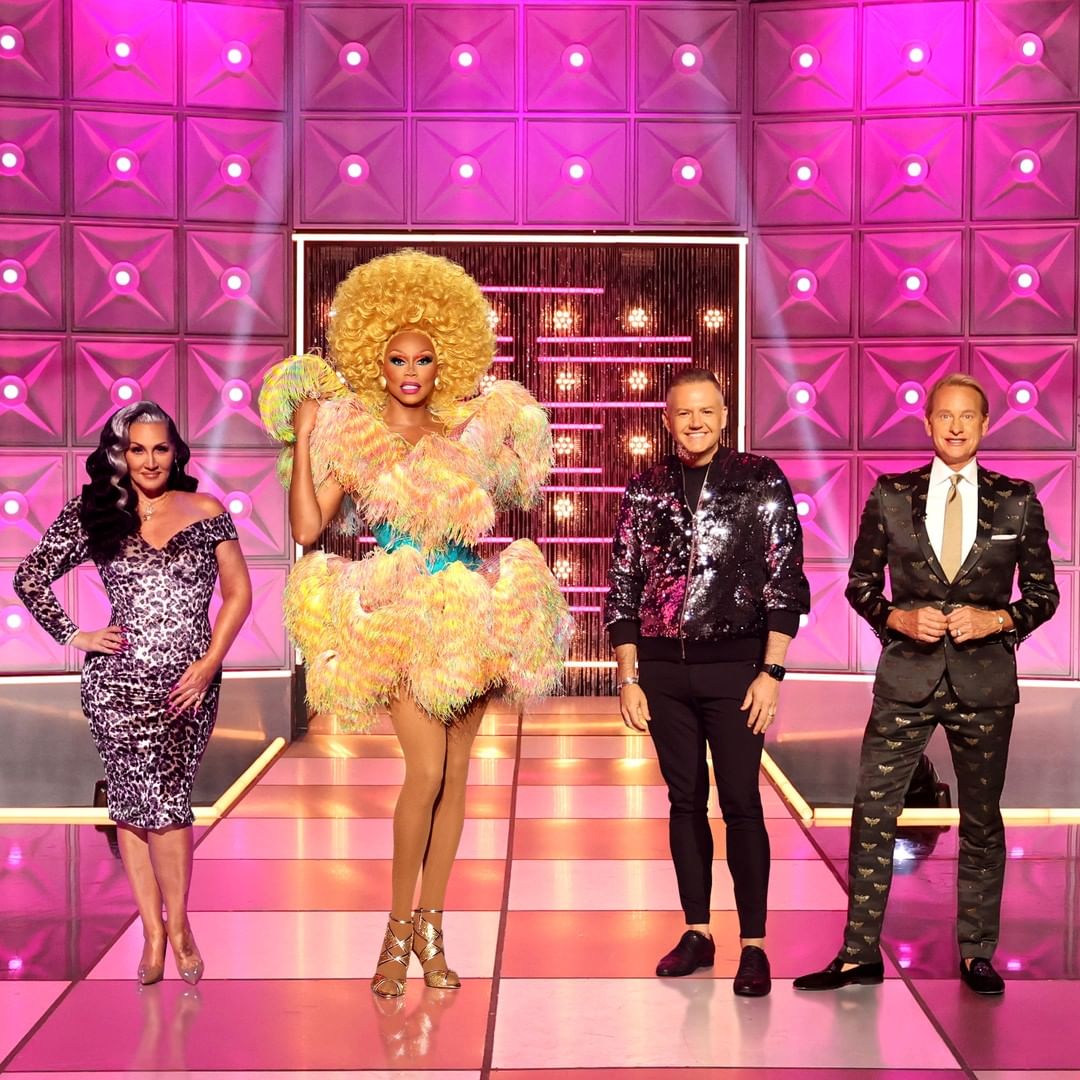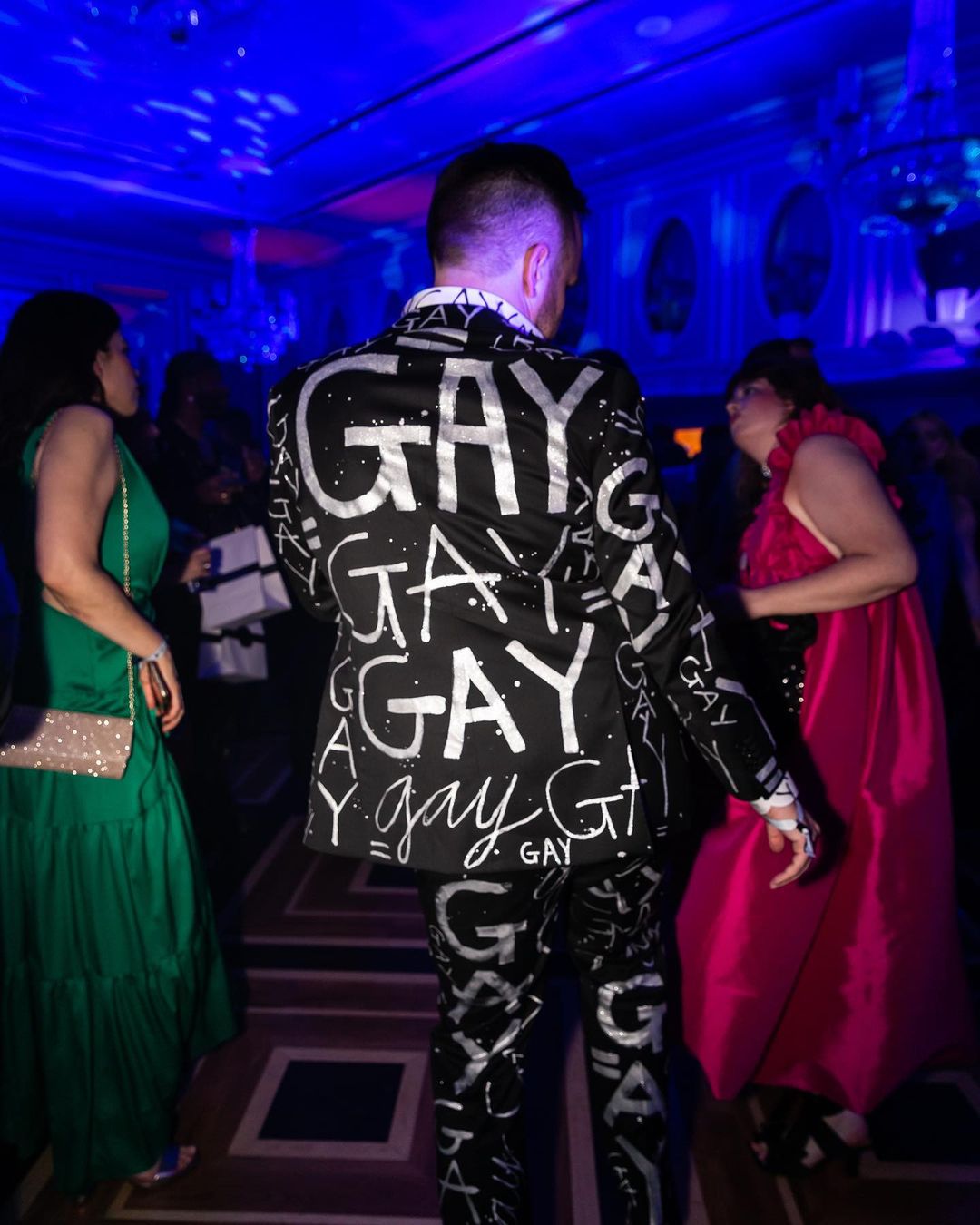Queer representation in media plays a vital role in shaping societal perceptions, promoting inclusivity, and providing validation for LGBTQIA+ individuals
Over the years, there have been significant advancements in representing diverse sexual orientations and gender identities on screen. However, the journey toward authentic and equitable queer representation is still a work in progress. We explore the progress made in media representation of those in the community, the challenges that persist, and the importance of continued advocacy for more inclusive storytelling.

Photo: SENSE8 (via Instagram)
Queer representation in the media has evolved significantly. Milestones like Brokeback Mountain and Will & Grace sparked progress in LGBTQIA+ visibility and acceptance. One notable achievement in recent years has been the expansion of LGBTQIA+ narratives beyond stereotypes. Media has begun to embrace a broader range of queer experiences and identities, including bisexual, transgender, nonbinary, and intersectional characters. This shift has allowed for more complex and authentic storytelling that reflects the diverse lived experiences of LGBTQIA+ individuals. Shows like Pose, which centers around the ballroom culture of the LGBTQIA+ community, and Sense8, which explores the global connections between individuals from different sexual orientations and gender identities, exemplify the growing inclusion of diverse queer narratives.

Authentic and inclusive queer representation in films and TV has a profound impact, reducing prejudice, increasing empathy, and fostering acceptance. It challenges biases, creates positive social change, and provides validation and role models for LGBTQIA+ individuals and those questioning their sexual orientation or gender identity.

Photo: HEARTSTOPPER (via Instagram)
Progress in queer representation must address underrepresented LGBTQIA+ communities. Intersectionality, encompassing experiences of queer people of color, disabled queer individuals, and those from low-income backgrounds, is vital for inclusive storytelling. By accurately representing and validating diverse intersectional identities, we ensure that the LGBTQIA+ community’s diversity is fully portrayed. Shows like Transparent exemplify the importance of intersectional storytelling in fostering inclusivity, as well as reality competition global mega-hit RuPaul’s Drag Race, which has franchises all over the world.

Photo: TRANSPARENT (via Instagram)
LGBTQIA+ creatives have been instrumental in advancing queer representation in the entertainment industry. Their unique perspectives and lived experiences bring authenticity and nuance to storytelling. Through their influence and advocacy, they have opened doors for more inclusive narratives and opportunities for LGBTQIA+ talent. The success of shows like Orange Is the New Black, created by queer showrunner Jenji Kohan, exemplifies the impact of LGBTQIA+ creatives in shaping authentic and compelling storytelling.

Despite progress, challenges and backlash persist in queer representation. Stereotyping, tokenism, and industry risk aversion hinder authentic portrayal of queer characters, reducing them to one-dimensional tropes or for shock value. Instances of censorship, erasure, and misrepresentation of queer content due to societal or political pressures are prevalent. The cancellation of inclusive shows like Sense8 and One Day at a Time underscores the challenges faced by inclusive media.

Photo: GLAAD (via Instagram)
To ensure progress, industry gatekeepers, production companies, and streaming platforms must prioritize diversity and inclusion. Equitable opportunities for LGBTQIA+ creators and challenging heteronormative norms are vital. Collaboration between LGBTQIA+ organizations and the media industry promotes authentic representation and supports emerging talent. By advocating for inclusive storytelling, we can foster a future where LGBTQIA+ individuals see themselves accurately represented, creating an inclusive and accepting society. Continued advocacy and support shape a media landscape that celebrates diversity and amplifies LGBTQIA+ voices and stories.
Featured Image: HEARTSTOPPER (via Instagram)







